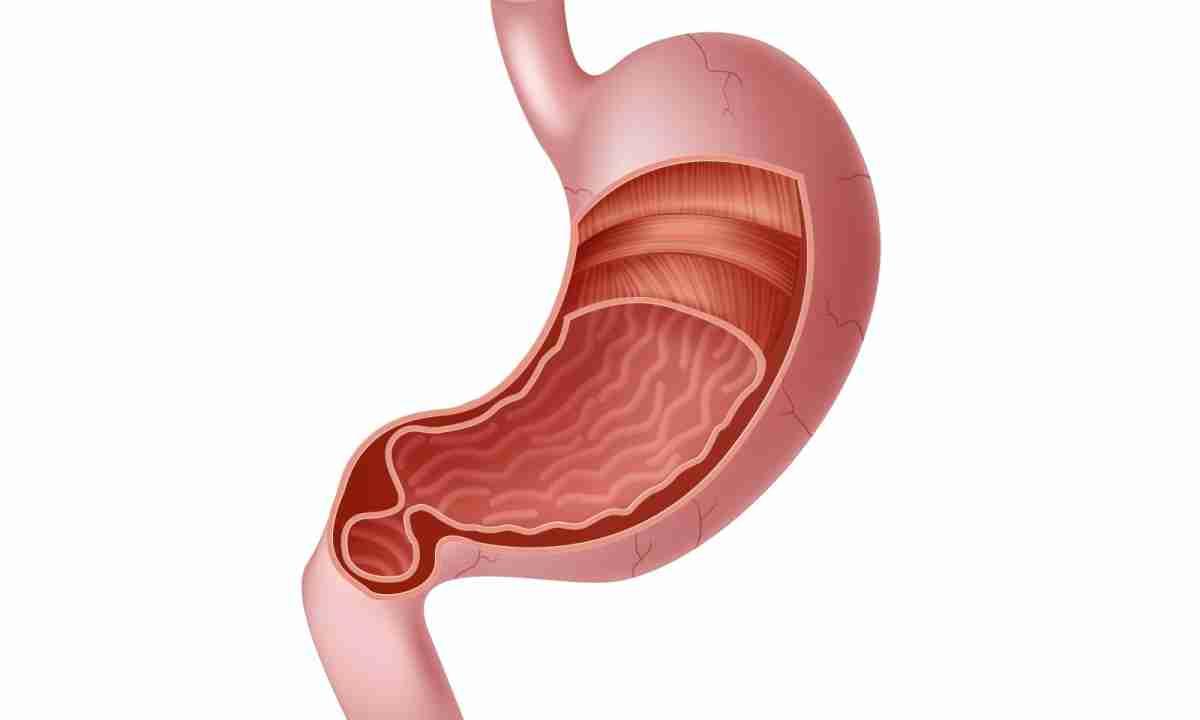Does Gastric Sleeve Surgery Improve Joint Problems?
When people consider Gastric Sleeve Surgery in Dubai, their primary motivation is usually weight loss and the health benefits that come with it. However, an often-overlooked question arises: does this procedure also help with joint pain and mobility issues? Since excess body weight puts constant strain on the joints, particularly the knees, hips, and lower back, many wonder if shedding pounds through surgery can bring relief. The connection between weight loss and joint health is powerful, and gastric sleeve surgery may play a significant role.
Understanding the Link Between Weight and Joint Problems
Extra weight doesn’t just affect appearance—it has a direct mechanical impact on the joints. For every additional kilogram carried, the knees bear up to four times that load during everyday activities like walking or climbing stairs. Over time, this pressure can wear down cartilage, leading to osteoarthritis, stiffness, and chronic pain.

Why Joints Suffer Under Excess Weight
Increased mechanical stress: Heavier bodies put more pressure on weight-bearing joints.
Inflammation: Excess fat tissue can release inflammatory chemicals that worsen joint pain.
Limited mobility: When movement is difficult, muscles weaken, further straining the joints.
By reducing body mass, gastric sleeve surgery addresses these issues at their root.
How Gastric Sleeve Surgery Affects Joint Health
Gastric sleeve surgery works by reducing stomach size, which limits food intake and helps patients lose a significant amount of weight. This weight reduction directly translates into less pressure on the joints.
Immediate Benefits After Weight Loss
Pain reduction: Patients often report less pain in knees and hips within months.
Improved flexibility: Lighter body weight makes movement easier and more fluid.
Better posture: With reduced abdominal fat, spinal alignment can improve, easing back pain.
Long-Term Improvements
In the long run, sustainable weight loss after surgery may slow down or even halt the progression of joint-related diseases such as osteoarthritis. This not only reduces reliance on painkillers but also enhances the ability to maintain an active lifestyle.
The Role of Physical Activity After Surgery
While surgery reduces weight, exercise keeps joints strong and functional. A lighter body makes activities like swimming, yoga, and walking more accessible. These low-impact exercises strengthen muscles around the joints, providing them with better support and protection.
Why Exercise Is Essential Post-Surgery
Prevents muscle loss during weight loss.
Enhances joint stability and mobility.
Encourages long-term weight management.
By combining surgery with regular physical activity, patients maximize both weight and joint health benefits.
Psychological Benefits That Support Joint Health
Joint pain often discourages people from being active, leading to feelings of frustration and low mood. After gastric sleeve surgery, not only does reduced weight make movement easier, but improved self-confidence motivates individuals to participate in activities they once avoided. This psychological boost plays a crucial role in staying active, which further strengthens the joints.
Can Gastric Sleeve Surgery Prevent Future Joint Damage?
While it cannot reverse severe joint damage already done, significant weight loss may help slow progression. Patients who undergo the procedure earlier in life are more likely to avoid future joint replacements or invasive orthopedic treatments.
Preventive benefits include:
Lower risk of developing osteoarthritis.
Reduced strain on spinal discs.
Less wear and tear on cartilage over time.
Final Thoughts
The connection between weight loss and joint relief is clear: less body mass means less strain, improved mobility, and a better quality of life. For individuals struggling with obesity and chronic joint pain, Gastric Sleeve Surgery Dubai can be a life-changing step toward improved health. By combining surgery with a balanced lifestyle, patients can protect their joints, maintain flexibility, and enjoy a more active future.